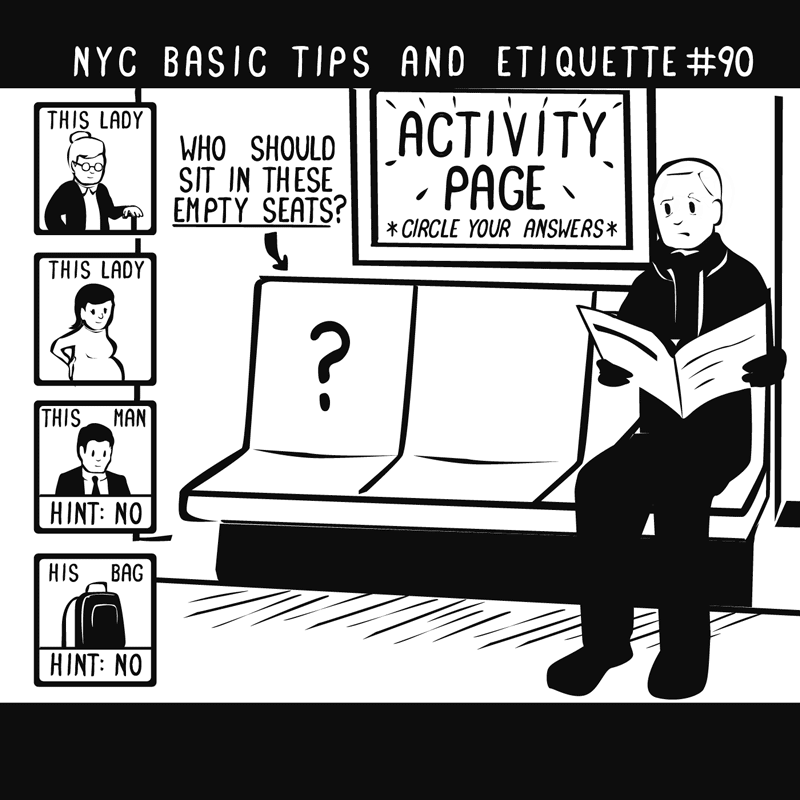Explore the south of the Park for the first time since the London 2012 Olympic and Paralympic Games.
Enjoy the newly landscaped parklands, fountains and waterways, Aquatics Centre, ArcelorMittal Orbit, walking trails, arts and events and children’s play areas.
From 5 April 2014, there will be lots more to explore at Queen Elizabeth Olympic Park.
Experience London’s newest open space as the Park and its venues continue to open.
This spring, one of the Park’s most exciting areas will open to the public – the new parklands in the south of the Park. From 5 April, you can:
- Relax among the beautiful parklands, fountains and waterways designed by internationally renowned landscape architects
- Take advantage of world-class sporting venues made famous during the London 2012 Olympic and Paralympic Games, including the Aquatics Centre and Lee Valley VeloPark
- Experience 25 public artworks across the Park and cultural events in new and exciting spaces
- Get a new perspective on London from the ArcelorMittal Orbit, the UK’s tallest sculpture at 114.5 metres
- Walk four new interactive trails covering the London 2012 Games, nature and biodiversity, education and art and culture
- Let your kids run free in new play areas offering everything from climbing walls to sandpits and giant fountains
- Eat and drink at the Podium or one of a number of kiosks along the Park’s new promenade, lined with 100 mature trees
What’s open now?
You don’t need to wait until 5 April to visit.
The northern part of the Park and the Copper Box Arena have been open since July 2013, and we’ve seen more than a million visitors since then to these and to the series of concerts, festivals and sporting events we held over the summer.
If you visit the park today, you will be able to:
- Sign up for the gym, play badminton or see live sport at the Copper Box Arena
- Walk around the beautiful northern parklands with their lawns and riverside wetlands
- Take your kids to play at the superb Tumbling Bay playground
- Relax with food and drink at the Timber Lodge Café
What is open when?
Opening dates for venues across the Park this spring are as follows:
- The Aquatics Centre opens on 1 March
- Lee Valley VeloPark opens in March
- The south of the Park and the ArcelorMittal Orbit open on 5 April
- Lee Valley Hockey and Tennis Centre opens in May
If you’re planning to visit these venues when they open, we suggest booking online where possible – see individual pages for more information.
Please be aware that while we complete the building and landscaping work across the Park some access has to be restricted.
For information on how to find us, see travelling to the Park.







